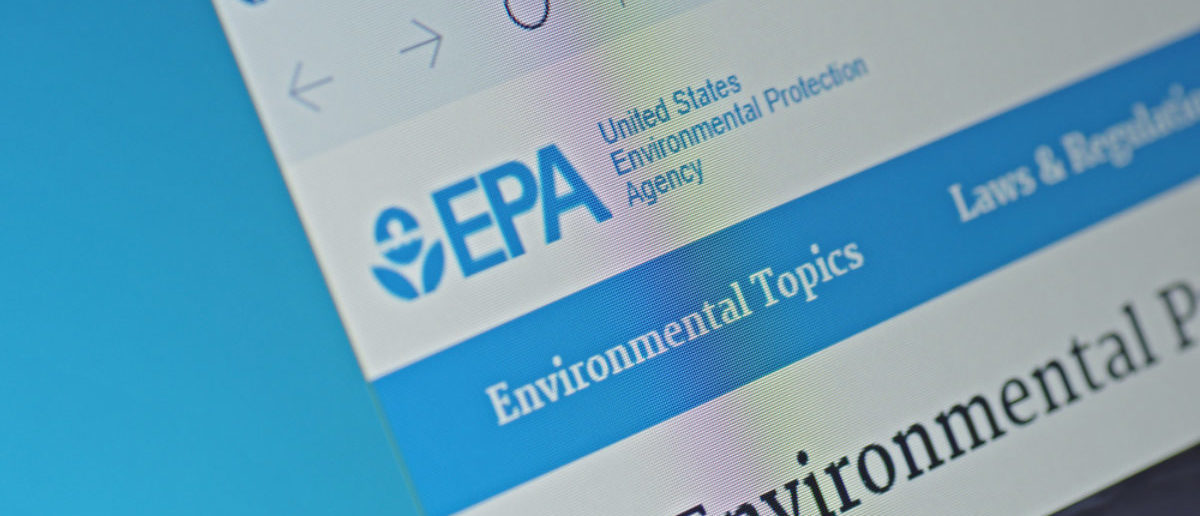Many people are unaware of the critical role that the Environmental Protection Agency (EPA) has played in safeguarding the natural environment and protecting the health of U.S. citizens since it was founded on December 2, 1970, under the administration of President Richard Nixon.
The following is a brief overview of the work of the EPA.
The EPA’s purpose is to ensure that:
- all Americans are protected from significant risks to human health and the environment where they live, learn and work;
- national efforts to reduce environmental risk are based on the best available scientific information;
- federal laws protecting human health and the environment are enforced fairly and effectively;
- environmental protection is an integral consideration in U.S. policies concerning natural resources, human health, economic growth, energy, transportation, agriculture, industry, and international trade, and these factors are similarly considered in establishing environmental policy;
- all parts of society — communities, individuals, businesses, and state, local and tribal governments — have access to accurate information sufficient to effectively participate in managing human health and environmental risks;
- environmental protection contributes to making our communities and ecosystems diverse, sustainable and economically productive; and
- the United States plays a leadership role in working with other nations to protect the global environment.
In addition to the above, the EPA
- develops and enforces regulations when Congress writes an environmental law;
- uses nearly half of its budget for grants to state environmental programs, non-profits, educational institutions, and others. This money is used for a wide variety of projects from scientific studies to community cleanups;
- works with laboratories throughout the nation to identify and try to solve environmental problems;
- shares information with other countries, private sector organizations, academic institutions and other agencies;
- works with businesses, non-profit organizations, and state and local governments through dozens of partnerships. A few examples include conserving water and energy, minimizing greenhouse gases, re-using solid waste, and getting a handle on pesticide risks;
- teaches people about environmental issues such as reducing energy use, reusing materials and recycling.
Some (by no means all) of the EPAs accomplishments include the following:
- launching the Energy Star program, a voluntary program that fosters energy efficiency;
- initiating an oil spill prevention program including Spill Prevention, Control, and Countermeasure (SPCC) and the Facility Response Plan (FRP) rules
- regulating auto emissions;
- ensuring safe drinking water for the public, by setting standards for more than 160,000 public water systems nationwide;
- implementing the National Environmental Education Act requiring the EPA to provide national leadership to increase environmental literacy
- implementing the clean air act;
- banning the use of DDT;
- cleaning up toxic waste;
- protecting the ozone layer
- increasing recycling and revitalizing inner-city brownfields;
- protecting national parks and their resources.
Among the challenges facing the U.S. today are the following:
- Meeting health-based standards for common air pollutants;
- Limiting climate change;
- Reducing risks from toxic air pollutants;
- Protecting the stratospheric ozone layer against degradation;
On August 3, 2015, President Obama and EPA announced the Clean Power Plan – a historic and important step in reducing carbon pollution from power plants that takes real action on climate change. Shaped by years of unprecedented outreach and public engagement, the final Clean Power Plan is fair, flexible and designed to strengthen the fast-growing trend toward cleaner and lower-polluting American energy. With strong but achievable standards for power plants, and customized goals for states to cut the carbon pollution that is driving climate change, the Clean Power Plan provides national consistency, accountability, and a level playing field while reflecting each state’s energy mix. It also shows the world that the United States is committed to leading global efforts to address climate change.
It is critical that the EPA be allowed to continue its critical role in safeguarding U.S. citizens, but also in maintaining its crucial role as a world leader in the field of environmental sustainability. In the proposed budget from the current administration, funding for the EPA is being slashed. If this is of concern to you, write or call your Congressional Representatives in DC. Ask them to reject any budget proposals or legislation that would prevent the EPA from doing its job of protecting clean water, clean air and the public health of all US citizens. Remind them that it’s their responsibility to ensure that the EPA is empowered – through adequate funding, staffing, and authority – to continue to meet its mission and remain a world leader.
In his encyclical on the environment, Laudato Si’, Pope Francis reminds us that “The climate is a common good, belonging to all and meant for all”… and that “environmental protection cannot be assured solely on the basis of financial calculations of costs and benefits. The environment is one of those goods that cannot be adequately safeguarded or promoted by market forces.”


Post a comment